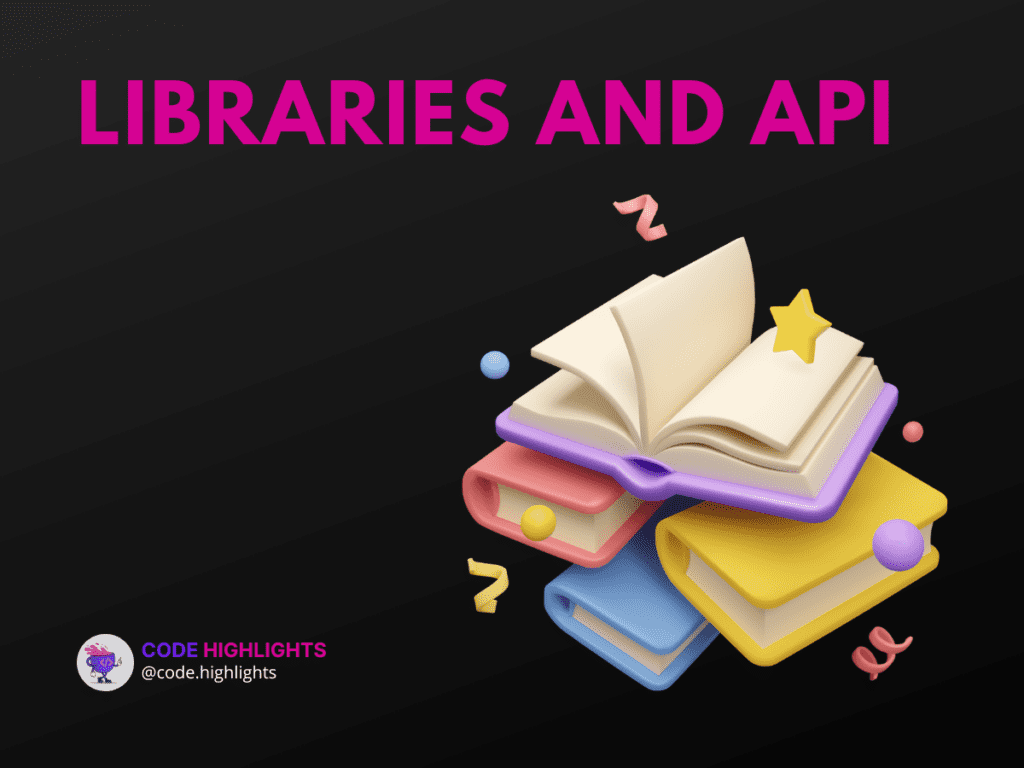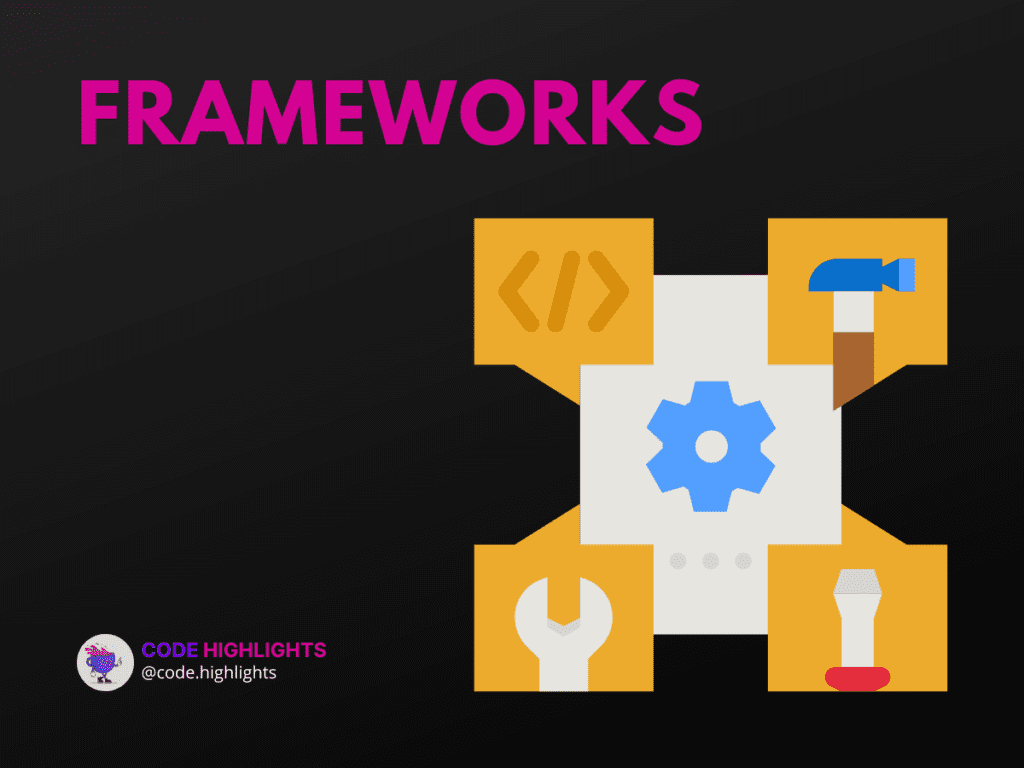Java Programming Language: A Comprehensive Guide

- Introduction to Java
- Syntax and Data Types
- Java Libraries and APIs
- Java Frameworks
- Java Use Cases
- Conclusion
- Further Reading
Java is a popular high-level object-oriented programming language that can be used for a wide range of projects. Java is one of the most widely used programming languages because it can be used to create a wide variety of applications, from desktop programs to business programs to mobile apps. Java is one of the most popular programming languages, and it’s not hard to see why. It has an easy-to-use interface, many libraries, and a powerful application programming interface (API). From its origins and development to its syntax and practical applications, this tutorial will cover it all.
Introduction to Java
The first version of Java came out in 1995. It was made by Sun Microsystems, which was later bought by Oracle Corporation. The “write once, run anywhere” feature of Java means that programs written in the language can be run on any device or platform with a Java Virtual Machine (JVM). This has helped Java become very popular by making it a good choice for programming on more than one platform.
Objects and classes are the backbone of Java, making it an object-oriented language. An object is an instance of a class, and classes serve as a kind of template for making new objects. The most important part of Java’s object-oriented approach is that methods let objects talk to each other.
Syntax and Data Types

Java’s syntax is comparable to object-oriented languages like C++ and C#. Java’s syntax is regarded as “English-like” since it is so straightforward. Java is a great choice for both new programmers and programmers who want to switch from another language.
Primitive data types like int, float, and char coexist with object data types like string, integer, and float in Java’s extensive library of data representations. Multiple values can be stored in one variable with Java’s support for arrays. In Java, arrays can hold both primitive data and data about objects, and they can have one or many dimensions.
Java Libraries and APIs

Java’s robust APIs and library support are among the language’s greatest assets. Libraries created in Java make it easy to do common actions like reading and writing files, connecting to databases, and sending emails with minimal effort. Since they won’t have to create the code from scratch, engineers will have an easier time completing difficult jobs.
Java has an API (Application Programming Interface) that is a set of pre-written classes and interfaces that make it easy to talk to the operating system underneath. The Java API has everything you need, from simple input and output to advanced networking and safety. Not having to write custom code for these operations makes it easier for developers to make apps that work well for the end user.
Java Frameworks

When making an app, using a Java framework can save you time and effort because it gives your code a path to follow. The Java frameworks Spring, Hibernate, and JavaServer Faces (JSF) are all very well-liked. You can use the libraries and application programming interfaces (APIs) that come with each framework to create a wide variety of programs.
It is possible to reduce the amount of code you need to create by using a Java framework because the framework already contains most of the code you would otherwise need to create. Because of this, you don’t have to spend as much time writing code to do simple tasks. Instead, you can use that time to build the application’s core features.
Java Use Cases
Java is used for developing a wide range of applications, including:
- Desktop Applications: like media players and image editors can be created with Java. Java’s extensive library support and application programming interfaces (APIs) simplify the development of powerful, user-friendly software.
- Enterprise Applications: CRM and SCM systems, are built with Java all the time. Java’s widespread adoption in the business world and the extensive support it receives from major technology vendors have made it one of the most popular programming languages in the world.
- Mobile Applications: both the Android and Java ME platforms support Java for the development of mobile applications. Java’s flexibility to run on a wide number of platforms and its extensive library of libraries and application programming interfaces (APIs) make it a natural choice for creating high-quality mobile applications.
- Web Applications: such as online shops and social networks, can be built with Java. Java’s extensive library and application programming interface (API) support makes it simple to develop reliable, secure, and scalable web applications that can cope with high volumes of data and traffic.
Conclusion
Java is a popular choice for programmers because of the language’s flexibility and capabilities. Java is one of the most popular programming languages in the world, which is not surprising given that it is easy to use, has a large library, and can run on many different platforms. Java gives developers of all levels of skill access to the tools they need to make reliable software that works on different platforms.
Further Reading
FAQs
How does Java compare to Python in terms of ease of use?
How does Java compare to Python in terms of ease of use?
Java and Python have different syntax and features, but both are popular programming languages. Java is known for its performance and scalability, while Python is known for its simplicity and ease of use.
What are some popular backend programming languages besides Java?
What are some popular backend programming languages besides Java?
What are some popular backend programming languages besides Java?
What are some popular backend programming languages besides Java?
Can Java be used to develop mobile applications?
Can Java be used to develop mobile applications?
Yes, Java can be used to develop mobile applications for both Android and Java ME platforms.
What is the Java API?
What is the Java API?
Java’s Application Programming Interface (API) is a library of pre-built classes and interfaces that provide a uniform means of communicating with the underlying operating system.
Stay Ahead with Code highlights
Join our community of forward-thinkers and innovators. Subscribe to get the latest updates on courses, exclusive insights, and tips from industry experts directly to your inbox.


Copyright © Code Highlights 2025.
